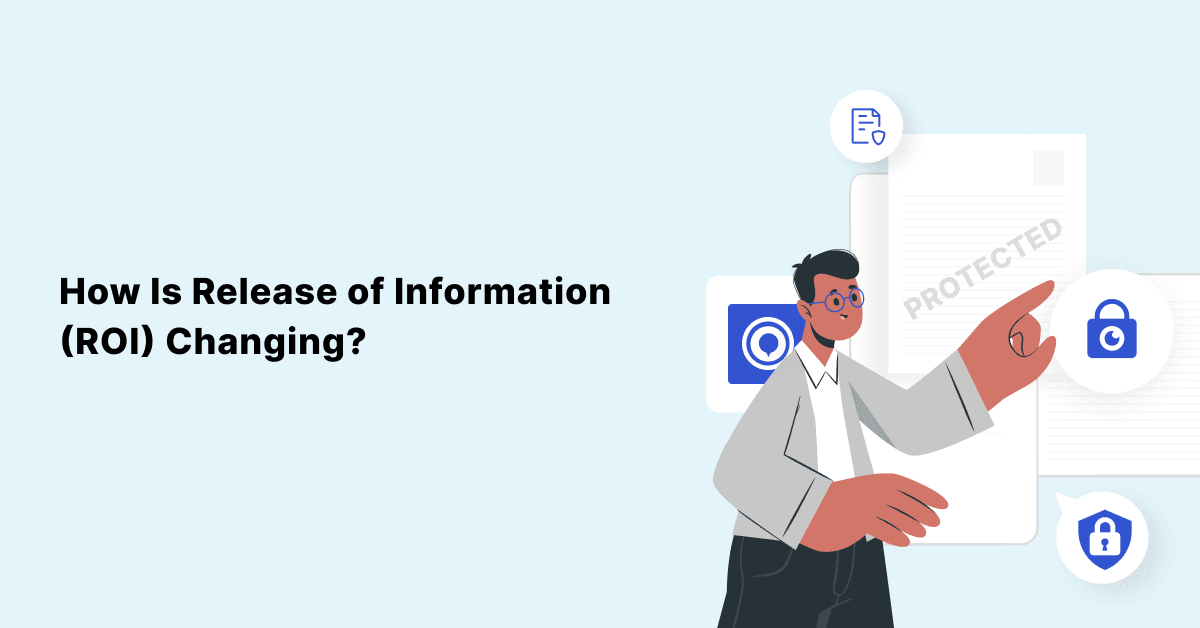
How Is Release of Information (ROI) Changing?
Are you curious about the changes happening in healthcare’s Release of Information (ROI) process?
Gone are the …
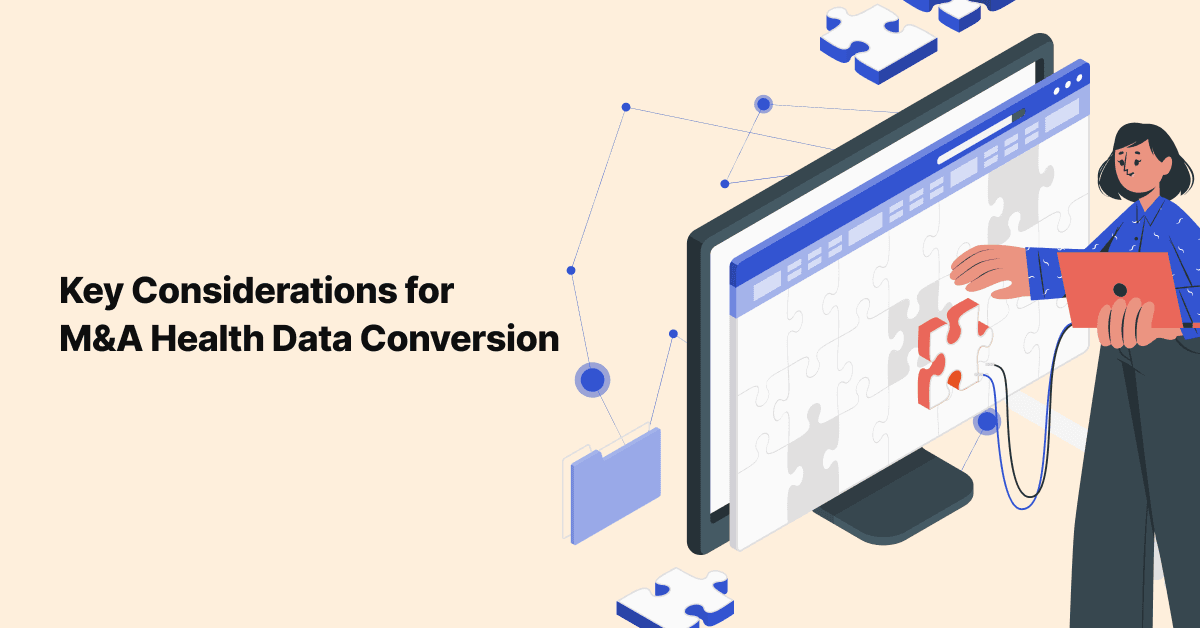
Healthcare has witnessed a significant increase in Mergers and Acquisitions (M&As) in the last decade. One of the prime contributors to this increase could be the belief that investing in technology, ancillary services, and quality improvement would help health systems serve a broader base. The kind of impact Mergers and Acquisitions can have on healthcare practices is very case-specific. The American Hospital Association (AHA)’s updated analysis of 2021 shows a 3.3 percent reduction in operating expenses between 2009 and 2019 caused by healthcare Mergers and Acquisitions. On the other hand, data from Athenahealth’s Physician Sentiment Index 2021 report states that providers who go through a healthcare Merger and Acquisition are less likely to be willing to stay at their organization and more likely to experience physician burnout. Apart from these, healthcare M&As would require one other aspect to be taken into consideration which is data conversion.
In this article, you will discover:
Critical decisions have to be taken in healthcare mergers with respect to the data from both health systems. Healthcare systems thrive with data, and it is impossible to imagine a day without data. Converting data during M&A is essential because it ensures that there is no roadblock in the path of providing improved patient experience and operational efficiencies.
However, when converting health data during an M&A, you might encounter the following challenges:
One of the biggest problems that come in the way of healthcare mergers is the volume of data sources that have to be merged or separated. Identifying data sources, data duplicates, and their accuracy could be something that could initially be challenging. In addition, moving multiple sources of health data into one single source is also something that requires attention. This is a time-consuming task; however, it is extremely important and must be taken care of to ensure efficiency in the long run.
Data conversion could go haywire when there isn’t a set process. This is quite true for the case of an M&A, mainly because data conversion usually involves different health systems working together, and the lack of standardization could lead to wasting time and resources. An intelligent archival tool is something that could save trouble by systemizing the conversion process.
Having clarity right from the very beginning is important when it comes to M&A initiatives. If there aren’t clear specifications created correctly from the beginning, there could be problems with the entire process. For this case of an M&A, it is also important to have your data users from both the health systems like physicians and nurses work in coordination and validate the data. Data validation and specification are mainly taken into consideration to avoid additional costs and ensure productivity.
M&A involves a lot of people accessing valuable data from all systems impacted. It could risk the security of the health data and may sometimes even affect compliance with laws and regulations. This calls for a mutually agreed upon, strong privacy policy to avoid any hassles.
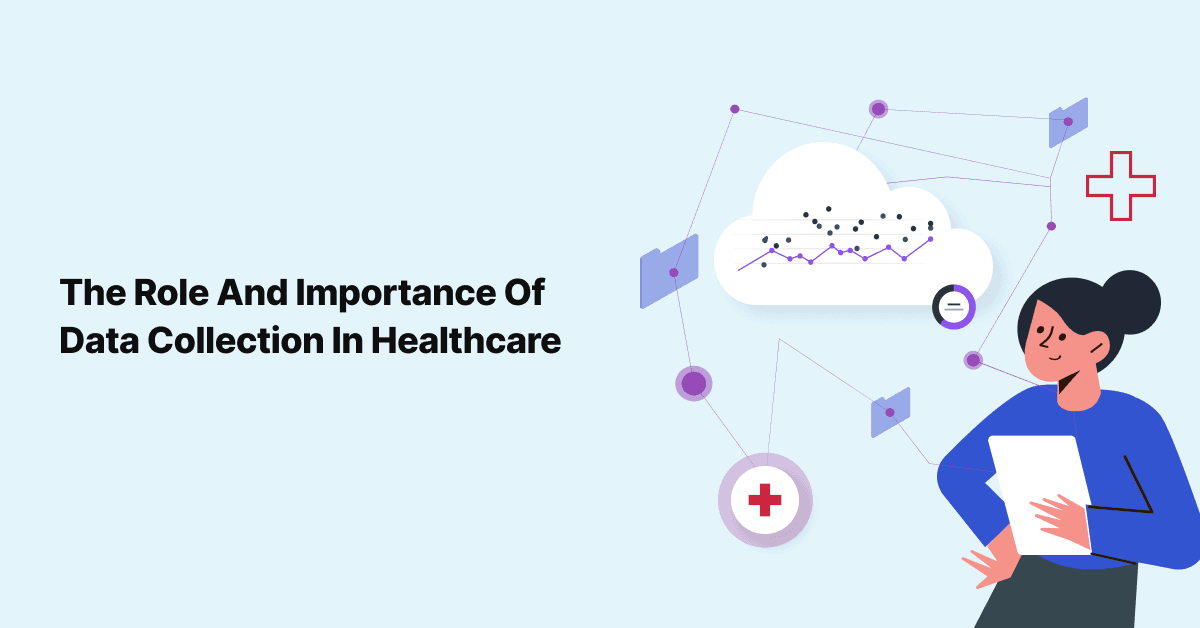
Here are a specific set of data conversion considerations that require attention when getting into an M&A:
The entire plan for data conversion starts with this step. First, review the existing data sources in detail, identify the type of data and its quality, pay attention to the sources and the formats they exist in, and look at the duplications and even cross-reference complexities. After this is reviewed, connect it to your health data conversion goals and requirements, which would help you identify the specific data that requires conversion. One aspect that is crucial and challenging is to decide what data needs to be converted and what needs to be archived. Something to remember is that archival is usually driven by the need to retire a legacy application, whereas conversion is driven by the need to meet the requirements of data integration and supporting the workflow.
The next aspect to be taken into consideration is the amount of data that needs to be converted. The health system must decide the number of years for which the archive is going to be converted. The CMS regulations require hospitals to retain medical records for seven years from the Date of Service (DOS) for adult patients.
Deciding this is crucial for an M&A data conversion because there is abundant health data available, and this step helps you adapt to the space requirements of your archival systems.
Once the amount of data to be converted is decided, the next aspect to consider is the process and duration. The conversion process usually begins with deciding the scope of activities, looking at the extraction, going ahead with data cleansing, converting and packaging into the required format, testing the new format, and finally loading it into the new system. This is the general project flow that is followed; however, there may be minor alterations depending on the data requirements, and thus it is important to fix a time-bound project plan to direct the conversion project to meet the said requirements of both systems.
Now that you have taken all of this into consideration, one important question to ask yourself is: Who is going to help you convert the data? Data conversion can be done in-house if the required tools and technologies are available; however, considering the complexity of more than one health system involved in an M&A, it is better to take help from a trusted and experienced conversion vendor.
When it comes to conversion projects, the helping hand of the right conversion vendor is crucial. However, spotting the right vendor is always a challenge. When you are on the lookout for a vendor to help you with data conversion, make sure to pick the one who checks all the items on the following list:
Something 314e as a health data conversion partner ensures during M&A data conversion is to make the daunting process of conversion simple by taking up all the burden and letting you consider other areas of focus. A standardized process is something that has helped us in 20 data conversion & archival projects, converting data from more than 30 different legacy systems.
Now that you have an idea about all things to consider while converting data during an M&A, here’s a quick final guide that can come in handy:
With all of this in place, there is nothing that could stop your health system from reaping the benefits of improved care coordination and reduced costs during a Merger and Acquisition.
Join over 3,200 subscribers and keep up-to-date with the latest innovations & best practices in Healthcare IT.

Are you curious about the changes happening in healthcare’s Release of Information (ROI) process?
Gone are the …
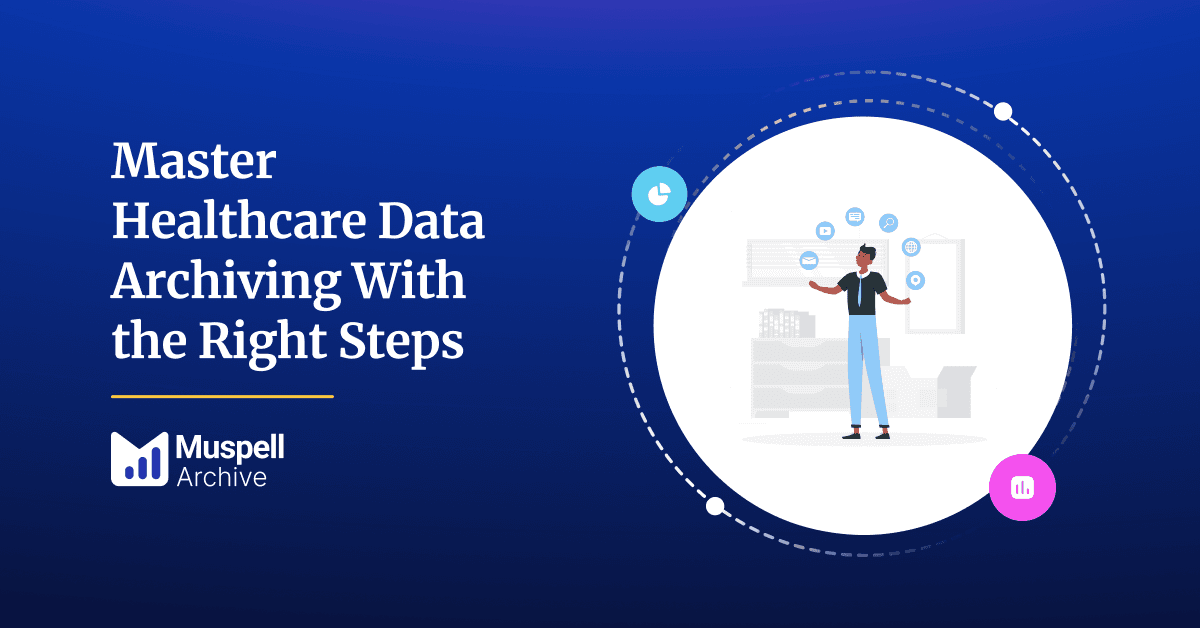
Effective patient data management stands as a cornerstone for providing optimal care and streamlining …
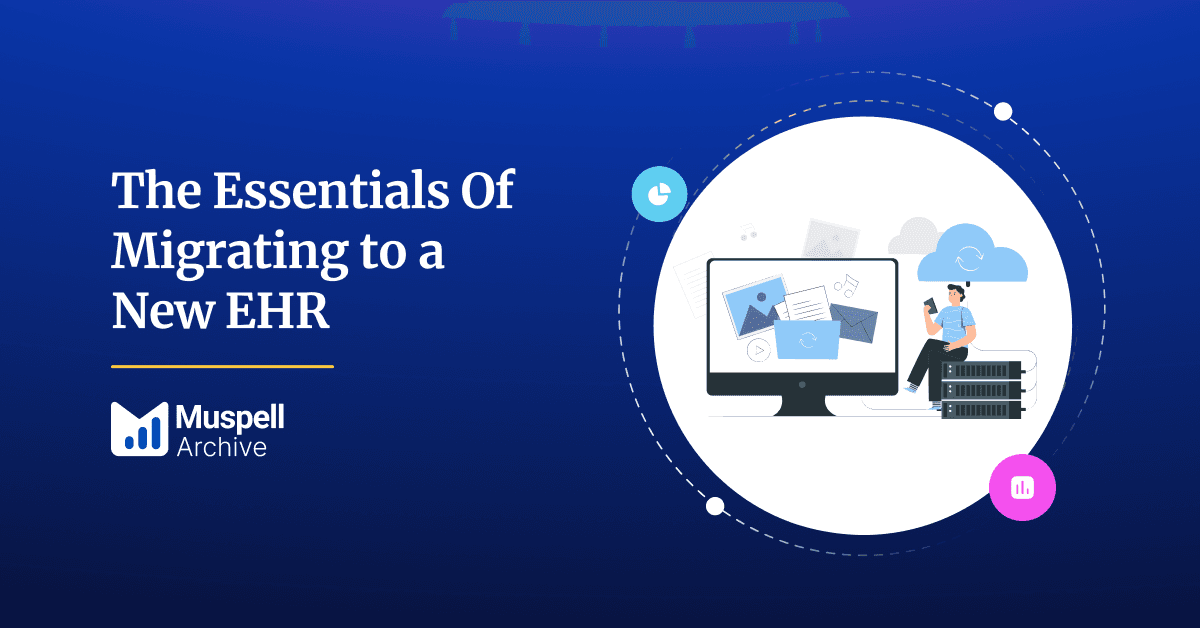
Migrating to a new Electronic Health Record (EHR) system is a critical decision for healthcare organizations …